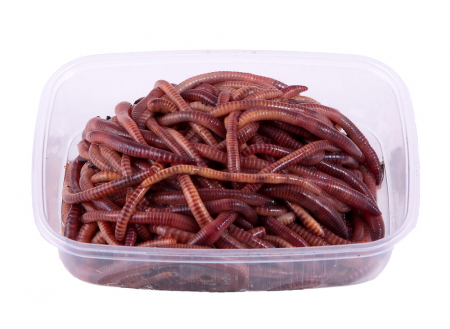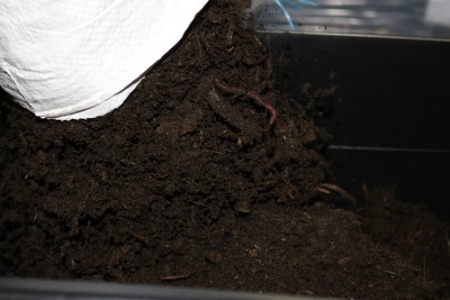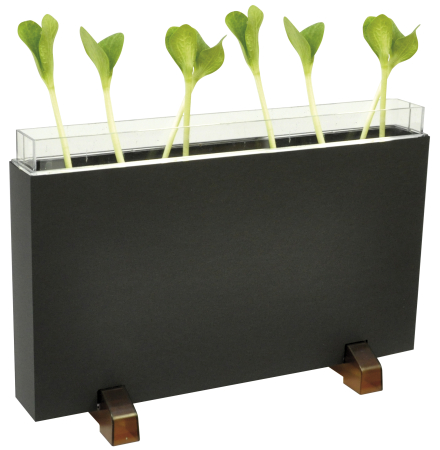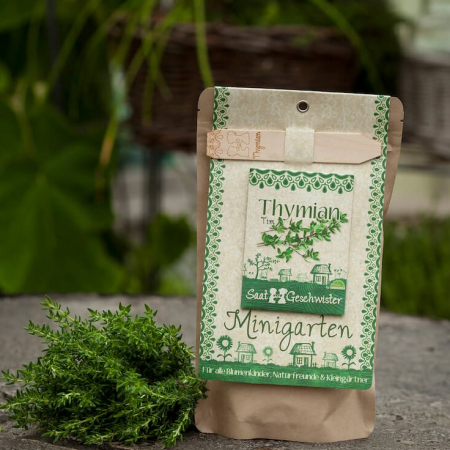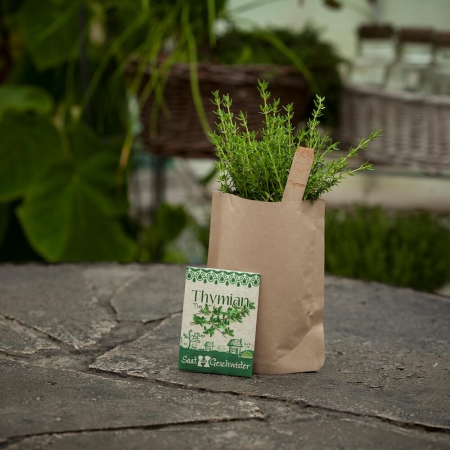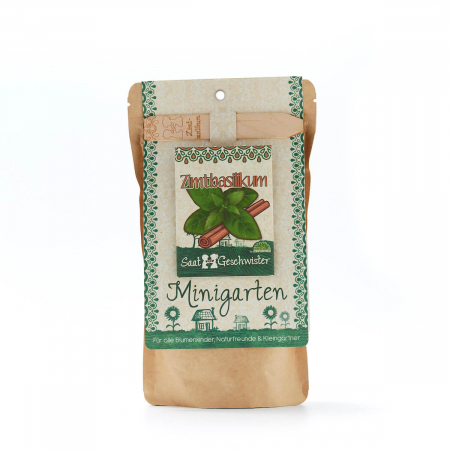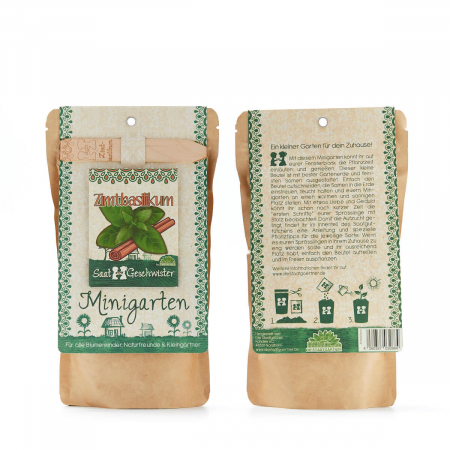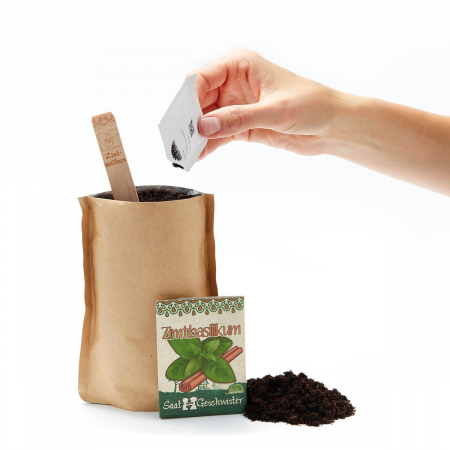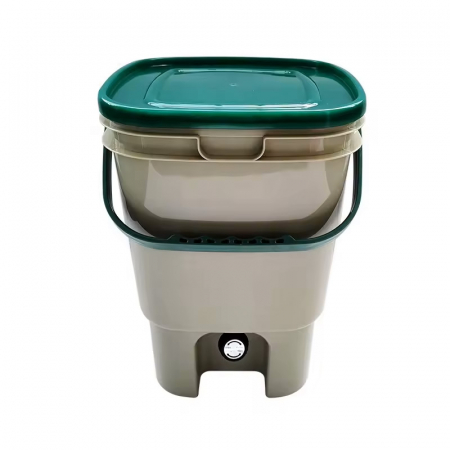Vermiculture Tips and Equipment
Here you find Worm farms and compost worms (Eisenia) as well asWorm farm Tools. Find out how to recycle most of your kitchen waste and turn it into free vermicompost.
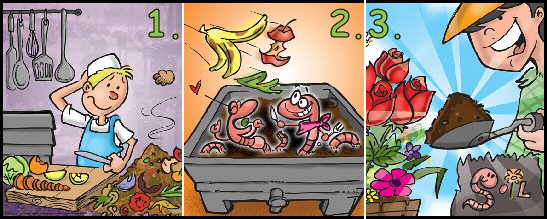
There are over 3000 species of earthworms around the world. Compost worms make only a small percentage of these, but they can be very important for the ecosystem.
While most earthworms live in vertical tunnels and eat mainly mineralised soil, compost worms have specialised in eating organic matter such as fallen leaves and dead fungi.
The two commercially available species of compost worms are Eisenia fetida and Eisenia hortensis (syn. Dendrobaena veneta). They are also known under such colourful names as the Tennessee Wigglers, Californian Red worm and the North American hybrid. Fact is that these two species have two things in common. They can reproduce very quickly and they can eat up to half their body weight daily!
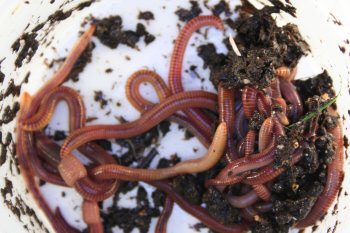 Especially the red worm (Eisenia fetida) can reproduce very quickly compared to their cousins the garden worms (Lumbricus terrestris) they are very social too. A healthy garden contains about 200 Lumbricus terrestris per 1m³ but you can have up to 500 compost worms per litre of soil if the conditions are right!
Especially the red worm (Eisenia fetida) can reproduce very quickly compared to their cousins the garden worms (Lumbricus terrestris) they are very social too. A healthy garden contains about 200 Lumbricus terrestris per 1m³ but you can have up to 500 compost worms per litre of soil if the conditions are right!
While the garden worms live in a system of vertical tunnels and burrows, the compost worms stay in the topsoil of the garden. These 20cm are where the most oxygen and organic material such as fallen leaves, dead grass and fungi are. The compost worms move through these materials constantly and only go deep into the soil if forced by low temperatures.
Compost worms actually eat the bacteria that break down the organic matter. They rely on these bacteria because they don't have any teeth. The constant movement of the compost worms spreads the bacteria over the organic matter so that these speed up the composting process.
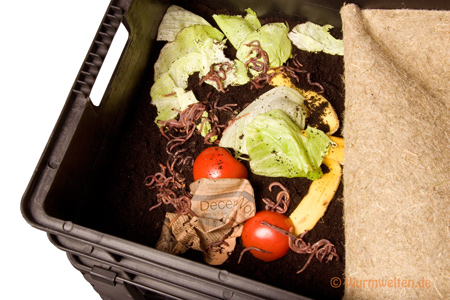 This is effect is taken advantage of in a worm farm or wormery where kitchen waste is eaten by the compost worms in order to turn the kitchen waste into rich garden soil. If things such as Fish, Meat and dairy products are left out, this process is odourless thanks to the constant movement of the worms which ensures a good distribution of oxygen in the mix. Composting processes that happen while oxygen is present (aerobic) are more efficient at preserving the nutrients of the compost and produce a more beneficial soil. (Another version of composting uses anaerobic bacteria and is called Bokashi)
This is effect is taken advantage of in a worm farm or wormery where kitchen waste is eaten by the compost worms in order to turn the kitchen waste into rich garden soil. If things such as Fish, Meat and dairy products are left out, this process is odourless thanks to the constant movement of the worms which ensures a good distribution of oxygen in the mix. Composting processes that happen while oxygen is present (aerobic) are more efficient at preserving the nutrients of the compost and produce a more beneficial soil. (Another version of composting uses anaerobic bacteria and is called Bokashi)
Traditional composting methods take advantage of a hot composting stage. When the ingredients of the compost pile are in the right mix (a Carbon/Nitrogen ratio of 1:20 to 1:25 is ideal) and available in sufficient quantities (at least 1m³) a very fast composting process can start that heats up the compost and breaks down the organic matter quiet fast. With the help of oxygen and the heat from the core of the pile, thermophilic bacteria take over. These bacteria thrive in heat and can multiply very quickly. Their actions can release very much energy and result in temperature spikes in the compost of up to 80 C° for 2-3 weeks! After this period the oxygen is used up and the compost pile needs to be turned and aerated again.
This hot stage has one major advantage and one big disadvantage. The heat sterilises any seeds of weeds and most unwanted diseases so that the resulting soil is safe to use.
But the heat also uses up a lot of energy which means that the resulting soil has fewer nutrients than compost that did not heat up.
Wormeries and worm farms prevent the hot stage from starting because the high temperatures would be harmful to the compost worms. Instead they take advantage of the worms natural ability to "bind" the nutrients into the soil. The resulting worm cast or worm poo is a rich mixture of beneficial micro organisms with a very high nutrient content. Another advantage is that these nutrients are bound in a way that releases them slowly to the plants. This prevents burning of the roots and leaves and makes worm cast ideal as long term fertilisier.
 But even in commercial operations where mineral fertiliser is used to better calculate the effect between fertiliser and growth, worm cast is used. Although compared to mineral and chemical fertiliser, worm cast is very expensive; it has one big advantage over them: The highly active micro organisms in the soil. These allow depleted soils to be revitalised without having to exchange them. This can be of great help in green houses and other hard to get to soil, such as in botanical gardens.
But even in commercial operations where mineral fertiliser is used to better calculate the effect between fertiliser and growth, worm cast is used. Although compared to mineral and chemical fertiliser, worm cast is very expensive; it has one big advantage over them: The highly active micro organisms in the soil. These allow depleted soils to be revitalised without having to exchange them. This can be of great help in green houses and other hard to get to soil, such as in botanical gardens.
The build up of micro toxins in the commercially used soil as well as the reduction of the humus percentage is halted or reversed as the bacteria slowly work through the depleted soil. The additional humus aerates the soil and increases the water retention ability of it. Some botanic gardens have even skipped this intermediate step and have introduced compost worms directly into their soil!


